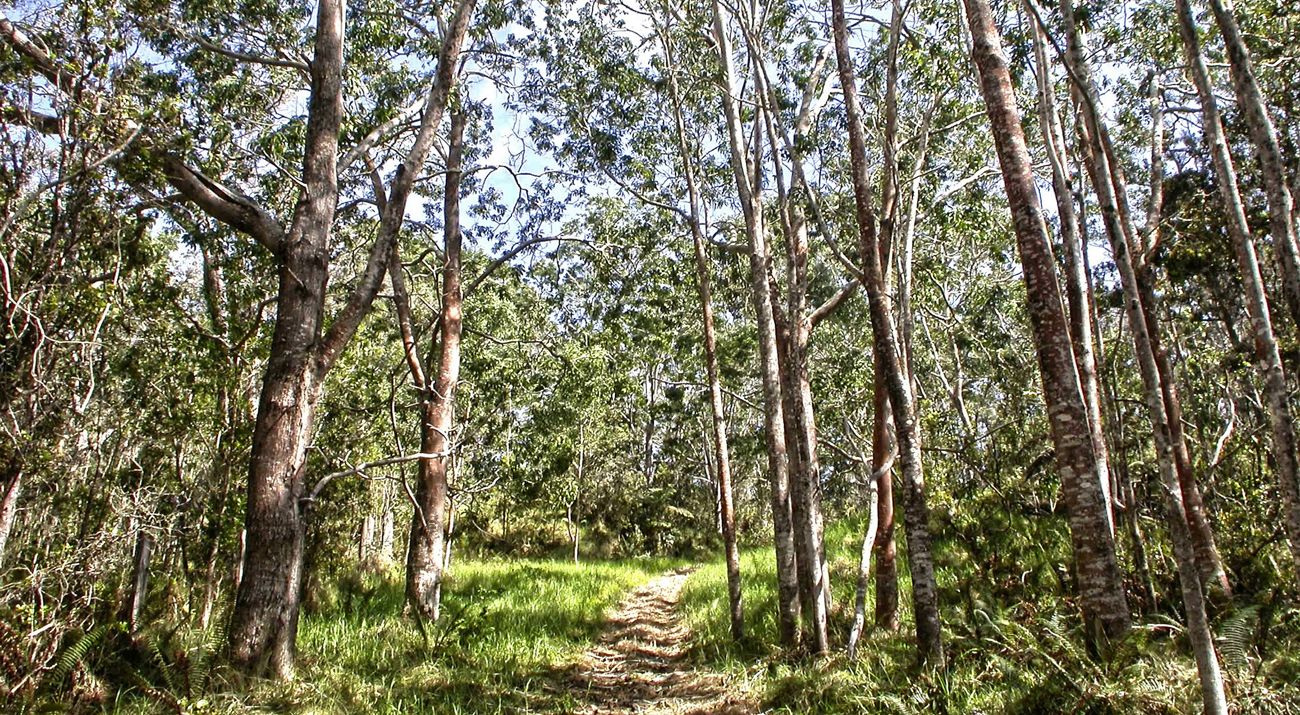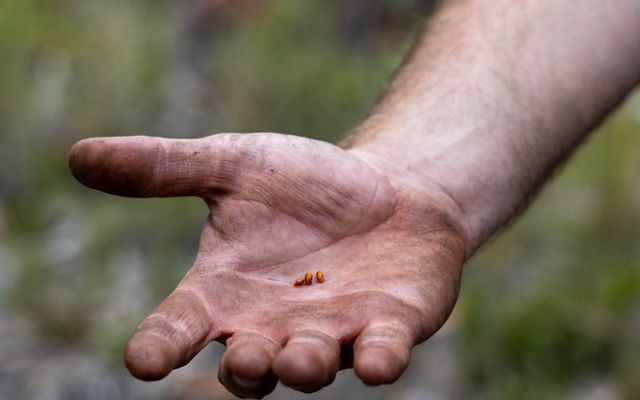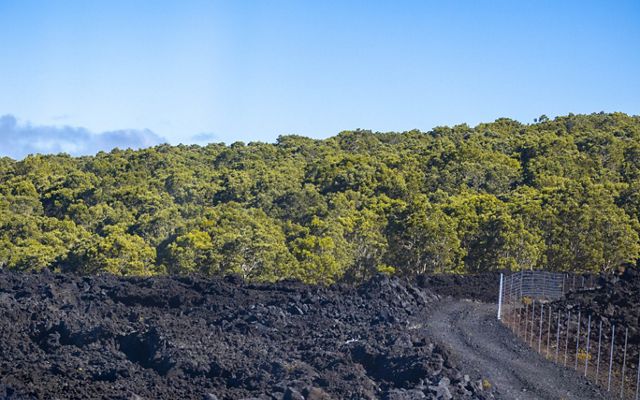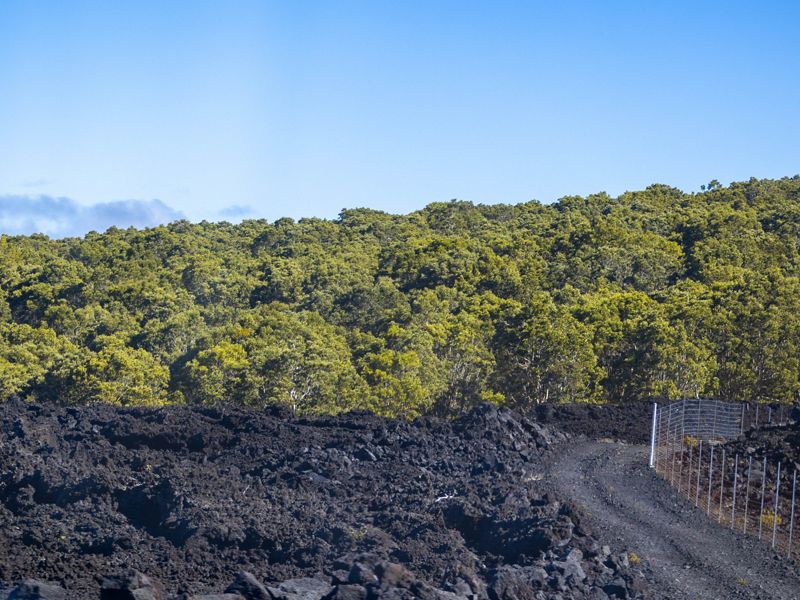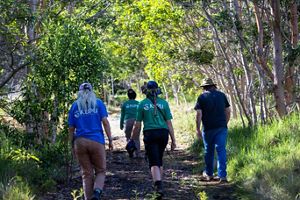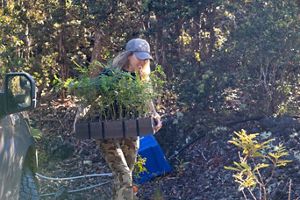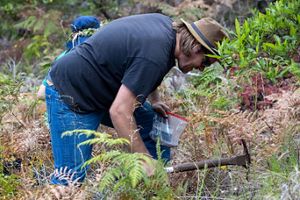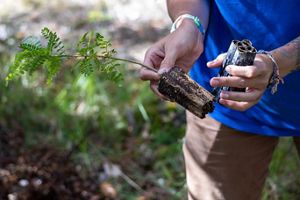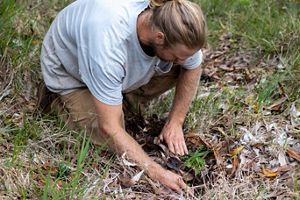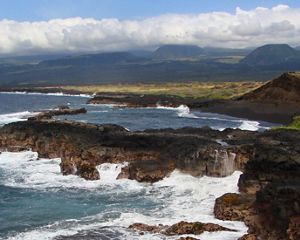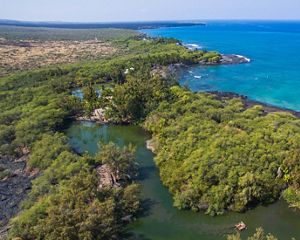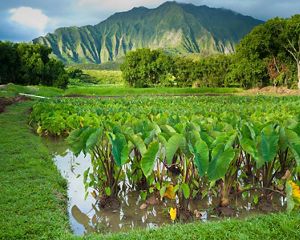Description
TNC’s Kona Hema Preserve protects part of an ancient koa-‘ōhi‘a forest that spans more than 100,000 acres along the leeward coast of the Island of Hawai‘i. Here flies the endangered Hawaiian hawk, the Hawaiian hoary bat, and globally unique native songbird species such as the ‘apapane, ‘i‘iwi, ‘elepaio, and ‘amakihi.
Why TNC Selected This Site
Kona Hema Preserve consists of three adjoining forest parcels in South Kona purchased between 1999 and 2003 at Honomalino, Kapu‘a and Pāpā.
Rare plants, native forests and rare forest birds are part of Kona’s treasured native biodiversity that represent an important yet poorly protected resource. More than a century of logging, grazing, and invasion by weeds and feral animals have threatened the biological viability of this region.
Today pigs, goats and mouflon sheep are the preserve’s primary threats.
What TNC Is Doing
TNC is restoring the area’s native forests through on-the-ground land management. In some areas, we have planted thousands of native trees and shrubs to bring back the lush forest understory. In other areas, native plants grow back robustly when invasive weeds and animals are removed. And in former pastures, we generated a koa forest by uncovering dormant seeds and nurturing their growth. Working with partners, we are bringing back this magnificent koa-‘ōhi‘a forest.
